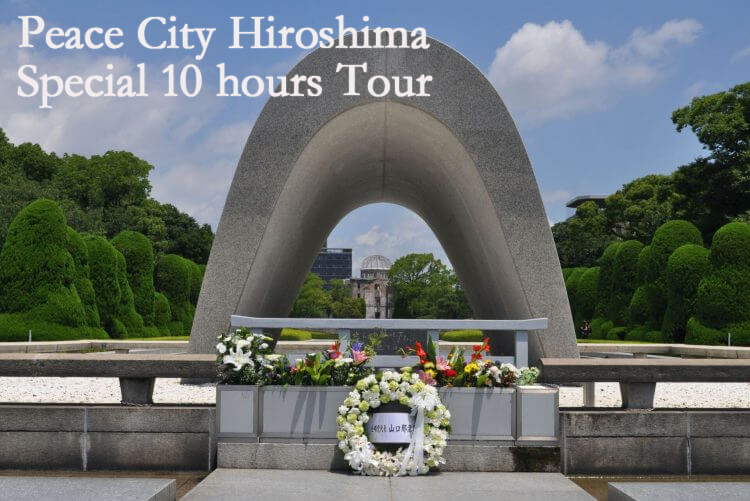Chugoku’s Travel Info
The Chugoku region of Japan is located in the western part of Honshu Island and is a place rich in history and cultural heritage. This region includes prefectures such as Hiroshima, Yamaguchi, Okayama, and others. The Chugoku region is renowned for its long history and abundant cultural heritage. One of the most famous cities in this area is Hiroshima, which was bombed with an atomic bomb during World War II. It has now become a symbol of peace with the Peace Memorial Park and the Atomic Bomb Dome. Additionally, the Chugoku region is home to numerous ancient temples, castles, and traditional crafts, such as the Korakuen Garden in Okayama and the Shimonoseki Castle in Yamaguchi. The food culture here is also vibrant, featuring unique dishes like Hiroshima-style okonomiyaki and Yamaguchi's tile-roofed soba noodles. Whether it's exploring historical sites, delving into culture, or indulging in culinary experiences, the Chugoku region of Japan is a captivating tourist destination.

Japan’s Travel Info
-
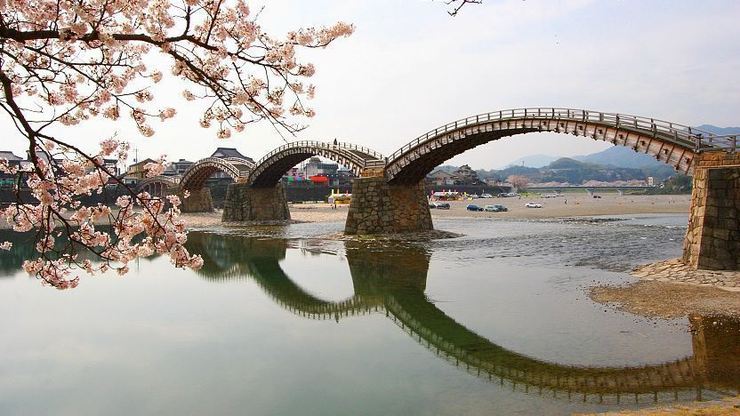
Hiroshima
All Season
Kintaikyo Bridge
The Kintaikyo Bridge The Kintaikyo Bridge (Kintaikyō) has been Iwakuni’s most distinguished landmark and a subject of admiration for hundreds of years. The elegant, wooden bridge makes five bold arches onto massive stone pillars as it crosses over the Nishiki River. Plans for the Kintaikyo were first drawn up when strong currents had once again destroyed a bridge crossing the Nishiki River. A more durable bridge was commissioned by Kikkawa Hiroyoshi, the third feudal lord of Iwakuni, whose statue stands at the entrance to nearby Kikko Park. After the bridge’s completion in 1673, it kept standing until 1950, when Iwakuni…
-
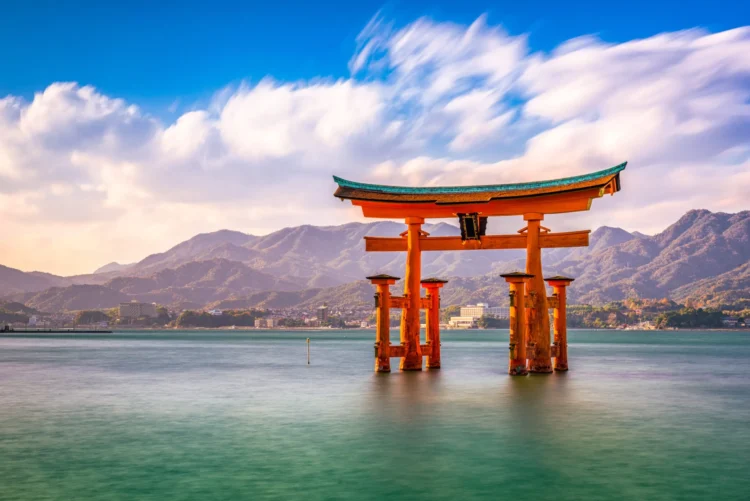
Hiroshima
All Season
Miyajima Island
Miyajima Island Itsukushima, also known as Miyajima, is a small island in Hiroshima Prefecture, Japan, renowned for its natural beauty and rich cultural heritage. The island’s most famous landmark is the Itsukushima Shrine’s Great Torii Gate, a massive traditional Japanese torii gate situated in the water, which appears particularly majestic during high tide. Miyajima is also famous for the Itsukushima Shrine, a 12th-century shrine that is a UNESCO World Heritage Site. The unique feature of this shrine is that its main buildings and corridors are constructed over water, giving the impression of floating on the sea. In addition to the…
-
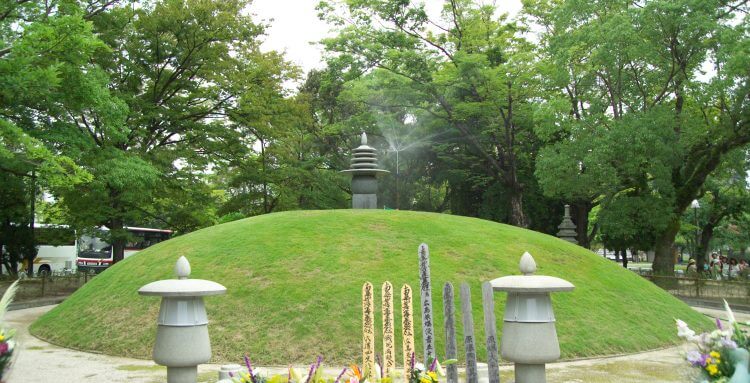
Hiroshima
All Season
Hiroshima Atomic Bomb Memorial Tower
Hiroshima Atomic Bomb Memorial Tower Hiroshima Atomic Bomb Memorial Tower, also known as the “Atomic Bomb Dome” or the “Genbaku Dome,” is a solemn and revered monument located in the heart of Hiroshima, Japan. It stands at the epicenter of the atomic bomb explosion that occurred during World War II, serving as a significant witness and memorial to the catastrophic event. This tower-like structure is one of Hiroshima’s iconic landmarks and has become a symbol of peace since the atomic bombing of Hiroshima in 1945. The Atomic Bomb Dome holds deep symbolic significance, aiming to remember those who lost their…
-

Hiroshima
All Season
Hiroshima Peace Memorial Park
Hiroshima Peace Memorial Park Hiroshima Peace Memorial Park, located in Hiroshima, Japan, is a historic and symbolic public space dedicated to commemorating the victims of the atomic bomb explosion in Hiroshima during World War II. The park serves as a platform for conveying messages of peace and advocating for nuclear disarmament. Situated in the heart of Hiroshima, the park was once the ground zero of the atomic bomb explosion and has since been transformed into a tranquil area adorned with trees, gardens, and monuments. Among the most renowned memorials is the Peace Memorial, constructed to honor the victims of the…
-
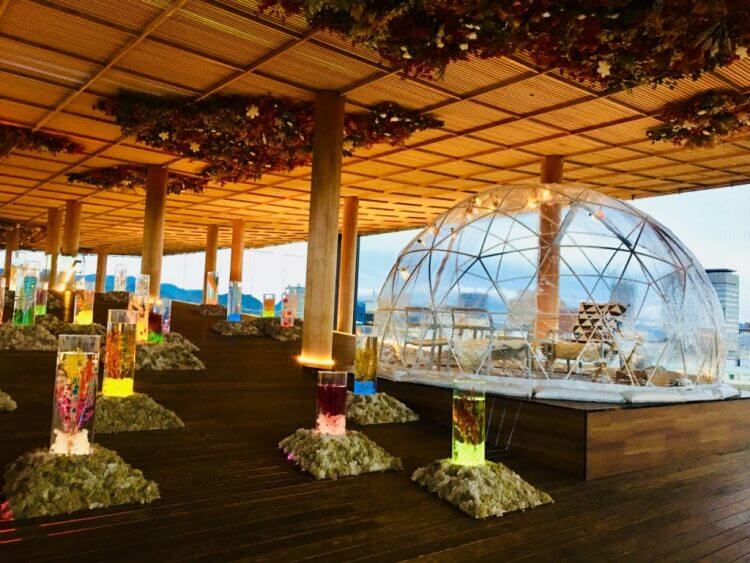
Hiroshima
All Season
The Hiroshima Orizuru Tower
The Hiroshima Orizuru Tower The Hiroshima Orizuru Tower, located within the Hiroshima Peace Memorial Park in Hiroshima, Japan, is a profoundly symbolic monument dedicated to commemorating the victims of the Hiroshima atomic bomb explosion, particularly children. Also known as the “Thousand Orizurus Tower,” it was erected in memory of a young atomic bomb survivor. In Japanese culture, Orizurus symbolize happiness, health, and longevity. Thousands of folded Orizurus are typically strung around the monument, representing people from around the world expressing their wishes for peace and paying respect to the atomic bomb victims. At the heart of the Orizuru Tower is…
-
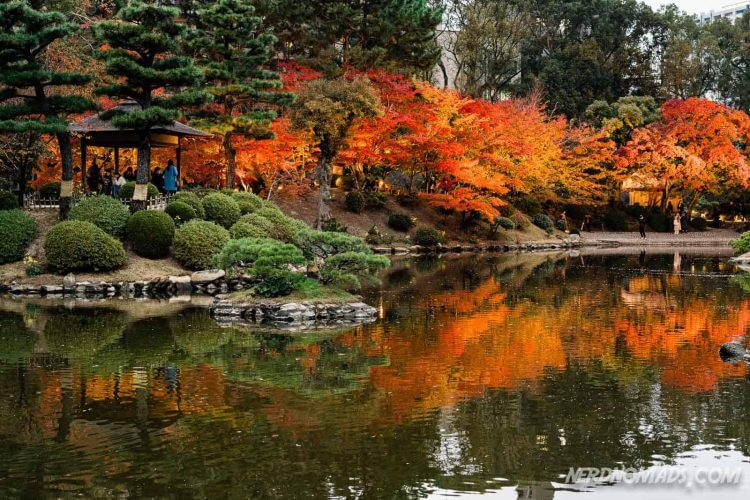
Hiroshima
All Season
Hiroshima Shukkeien Garden
Hiroshima Shukkeien Garden Hiroshima Shukkeien Garden is a captivating traditional Japanese garden situated in the heart of Hiroshima City, not far from Hiroshima Castle and other major attractions. Established in the early 17th century, this garden is renowned for its serene ambiance and magnificent landscapes, serving as a tranquil retreat for both tourists and local residents. The name “Shukkeien” translates to “shrunken-scenery garden,” as it cleverly combines natural elements, rocks, water features, bridges, and structures to create miniature representations of landscapes. The garden features several ponds, some for strolling and others for koi fish, along with a teahouse for traditional…
-
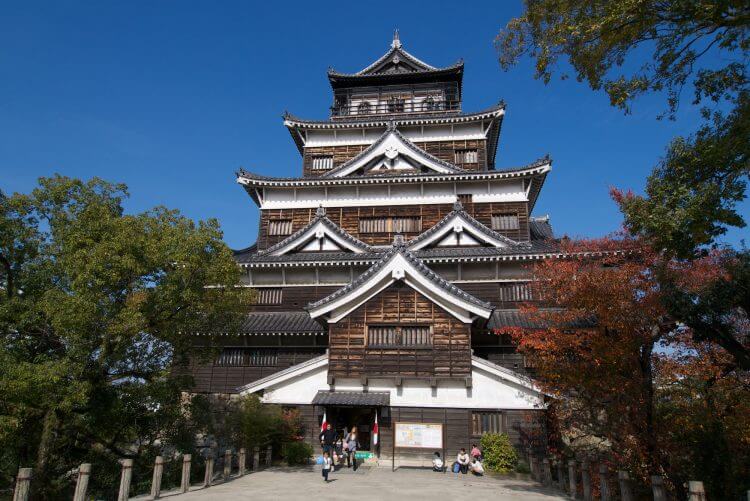
Hiroshima
All Season
Hiroshima Castle
Hiroshima Castle Hiroshima Castle, also known as Hiroshima Original Castle, is a historically significant castle located in the heart of Hiroshima, Japan. This castle has a long and storied history, with its initial construction dating back to the 16th century, although it underwent comprehensive reconstruction in the mid-20th century due to damage caused by wars and fires. Hiroshima Castle is renowned for its impressive appearance and the picturesque cherry blossoms that surround it, especially during the spring season. The castle’s exterior features white walls, distinctive gables, and pointed roofs, showcasing traditional Japanese architectural styles. Today, the interior of the castle…





